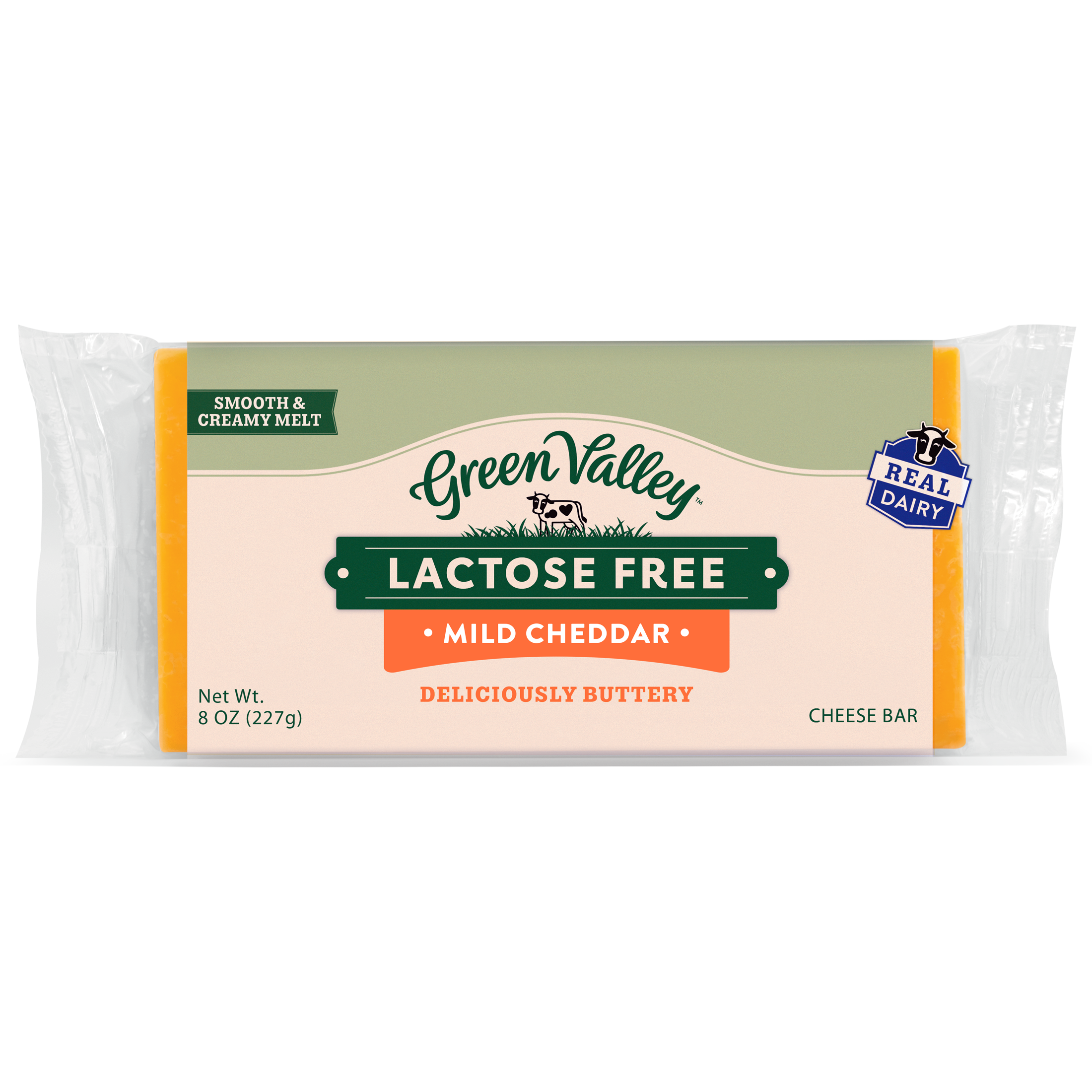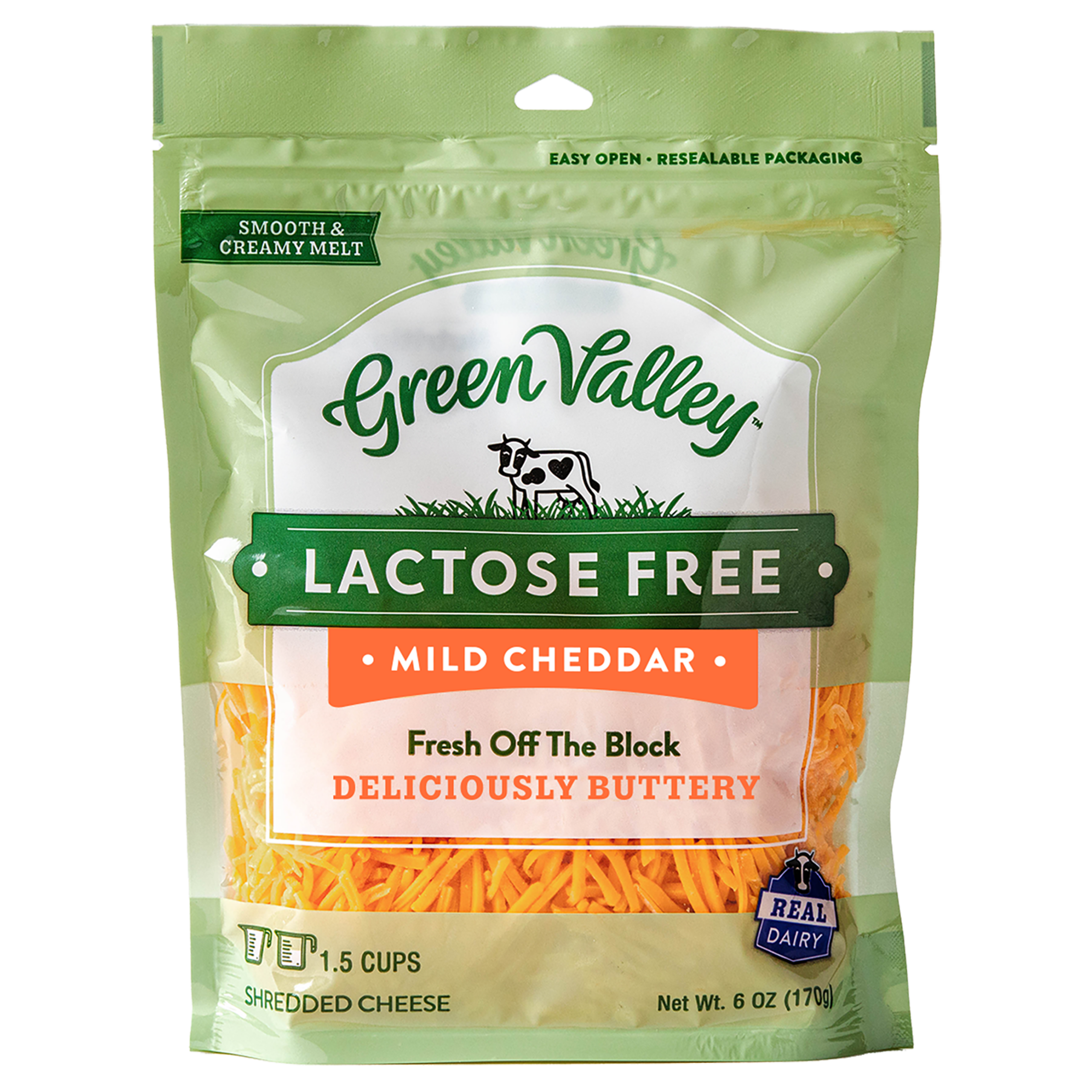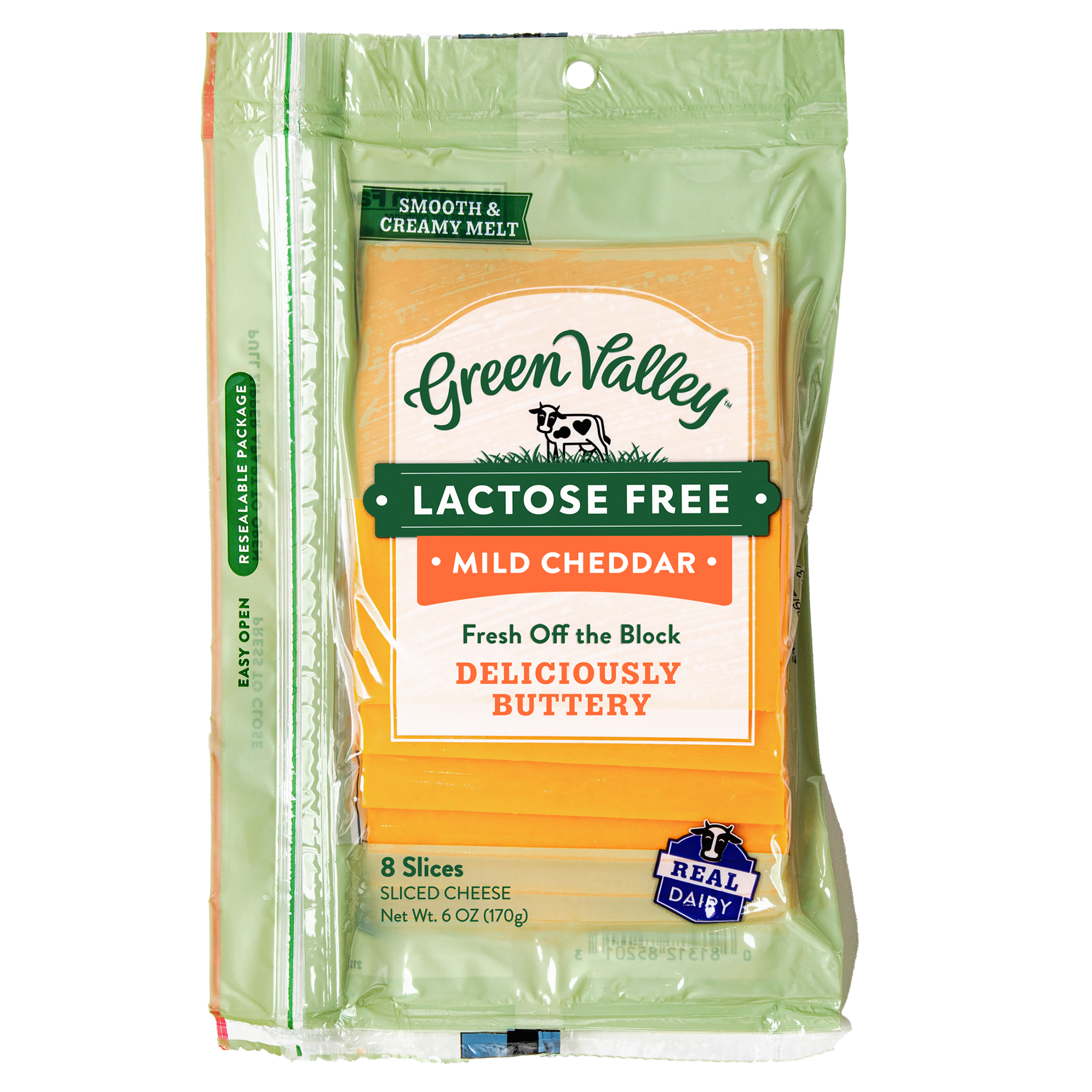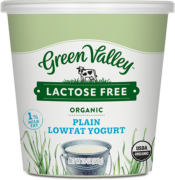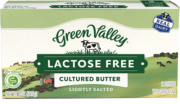Food intolerances are typically a top concern for those dealing with digestive concerns, like altered bowel habits, gas, and bloating. With the rise of food sensitivity tests and elimination diets, it’s important to clarify what these are before we jump into identifying and dealing with food intolerances.
First, let’s break down the difference between an allergy and an intolerance. A food allergy means that there is an immune system response to a food, which can be severe and life-threatening. The allergic response typically happens quickly after eating a food, because the body identifies the food as a harmful invader and attacks quickly to protect the body. This results in an increase in inflammation and can result in damage to organs. A skin prick test is commonly used to identify food allergies, as well as history of reactions.
A food intolerance is not an allergy and not an immune response to the same degree as an allergy. This means symptoms are typically less severe and not life threatening. A food intolerance means there is a sensitivity to a particular food or group of nutrients, which could be due to many different factors, including a lack of specific enzymes or a condition that impacts digestion or tolerance levels to specific foods. Symptoms from an intolerance will typically be more delayed than an allergy. Common symptoms include bloating, gas, diarrhea, constipation, cramping, pain, and nausea.
Some food intolerances, specifically carbohydrate intolerances, can be tested through a breath test. The most commonly used breath tests will measure for sucrose, fructose, or lactose intolerance. There are also many IgG blood tests on the market that claim to identify food intolerances by testing the immunoglobulin G (IgG) antibody levels in the blood. These have not been validated or proven to effectively identify food intolerances or sensitivities because IgG levels can be elevated for many reasons and the tests will not accurately identify the exact foods that are raising these levels. This can lead to unnecessary restriction of foods and little clarity on which foods or portions of foods are truly causing the discomfort.
The best way to truly identify a food intolerance is to keep a detailed log with food you eat and symptoms you are having, then work with a registered dietitian to look at common foods or ingredients that would correlate with the types of symptoms you are experiencing. If you keep a log and do identify a pattern yourself, this is helpful to pull out and work through with your dietitian.
How to identify a food tolerance level:
Step 1: Eliminate the food or ingredient from the diet fully.
The ideal time frame will vary depending on the food itself and how your body is responding, but typically this will be 2-3 weeks. During elimination, the goal is that symptoms begin to improve, even if it’s slightly. Depending on the food(s) in question, you may be eliminating one single food/ingredient or all of the suspected foods/ingredients. This will be personalized for you with your dietitian.
It’s important to find substitutions to meet the nutrient quality the food(s) you have eliminated from your diet. For example, if you’re eliminating dairy products, you may choose to add in tofu or green leafy vegetables for calcium.
Step 2: Challenge small portions back in, then increase with tolerance.
The goals of challenging the food back in are to identify whether or not the food/ingredient is an intolerance and what your personal tolerance level is. Since food intolerances are typically portion-dependent, it’s important to look at different portions as you challenge. If you eliminated multiple foods/ingredients, you will challenge one back at a time.
It’s also important to avoid complexities with your challenge that can lead to confusing results. For example, if you typically don’t eat much fruit, a smoothie with milk and a large portion of fruit may not be the best challenge. Keep your challenge simple, mixing the food(s) in question with those you eat often without many issues.
As you challenge portions back in, be sure to log all of your symptoms so you can best identify correlations. Remember that symptoms may not be immediate, so tracking is key. Again, your dietitian can help you navigate this.
An example of a lactose challenge could look like:
-
Day 3: ½ c lactose-containing yogurt
-
Day 4: 1 c lactose-containing yogurt
Step 3: Incorporate the food back into your diet based on your results.
Once you’ve done a challenge or group of challenges, you can take your results and begin adding the food/ingredient back into your diet for variety and flexibility. If your result was very severe, you may not choose to add the food/ingredient back. If your result was more moderate, with less severe symptoms, you may choose to add it back in small portions, on occasion. If your result was very mild, you may choose to add it back based on the portion or freely, depending on your exact result.
An example of this using the challenge above:
-
Lactose-free milk challenges were both very mild, with no concerns
-
Lactose-containing challenges were moderate then severe with the larger portion
-
Result: lactose seems to be the issue, especially in larger quantities. Lactose-free and lower lactose dairy products are added back in, in the portions that were tolerated. (click here for more resources on lactose intolerance)
Step 4: Find alternatives.
For the foods you are avoiding or limiting in small portions, it’s important to find alternatives for the nutrition quality and the enjoyment factor of your diet. For example, if you are limiting wheat, you will want to find wheat-free alternatives to products you enjoy like bagels, pizza crust, and bread.
Lactose-free dairy products are another great option as an alternative to lactose-containing dairy. With lactose-free products, you still get high quality protein and calcium, without the lactose (if that’s the ingredient you are intolerant to).
Green Valley has lactose-free cream cheese, yogurt, kefir, sour cream, and butter so you can enjoy the dairy products you love without issues.
Step 5: Challenge again in the future.
One thing to remember with food intolerances is that they could change over time. This is something you want to talk through with your dietitian so you have clear expectations for your personal intolerances. Because of this, it’s important to rechallenge the foods or ingredients that you continue to eliminate or limit, so you can continue increasing variety and freedom in the diet.
The best time to rechallenge a food/ingredient would be when your digestion overall either improves or worsens. If your digestion improves from other work you are doing with your gut health or in managing a condition that led to the intolerance, then that’s a sign your gut may be ready to tolerate a larger portion of that food/ingredient you’ve been avoiding or limiting. The same is true in reverse. If your digestion worsens overall, that may be a sign to go back and check your tolerance to foods that were problematic for you in some portions. This is something your dietitian can personalize with you.
When it comes to food intolerances, it’s so important not to assume foods are problematic without testing them. This can lead to unnecessary restriction and increased fear around those foods. Instead, working with your healthcare team to test out foods, then building them back into your diet based on your results will give you more confidence in your body’s needs, as well as more variety in your diet.
Disclaimer: this blog is informational and is not a substitute for medical advice from your trusted healthcare professionals.

